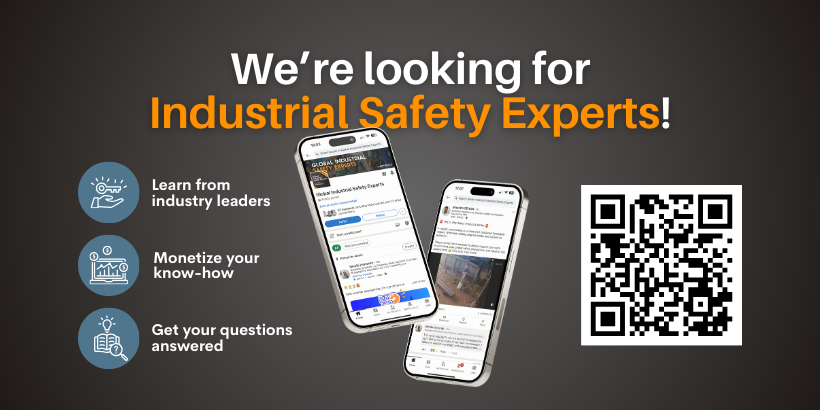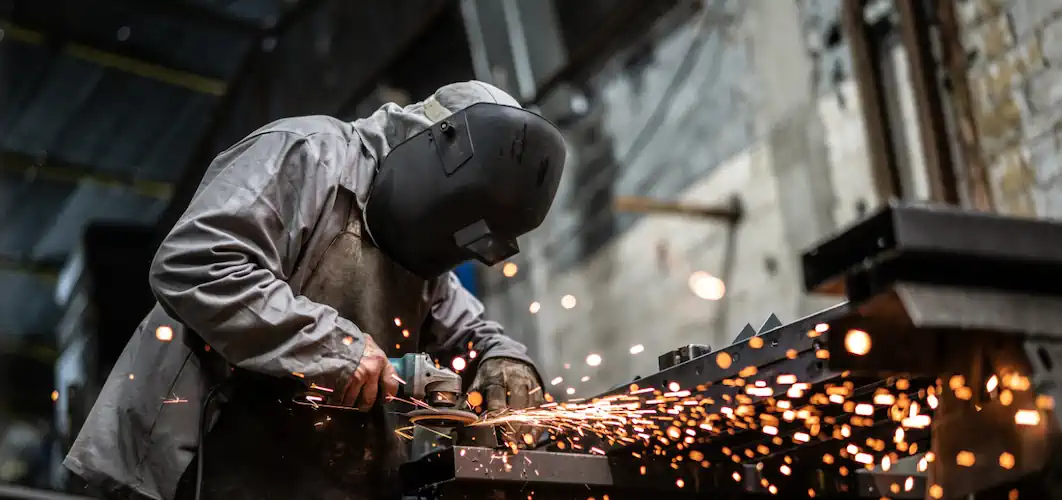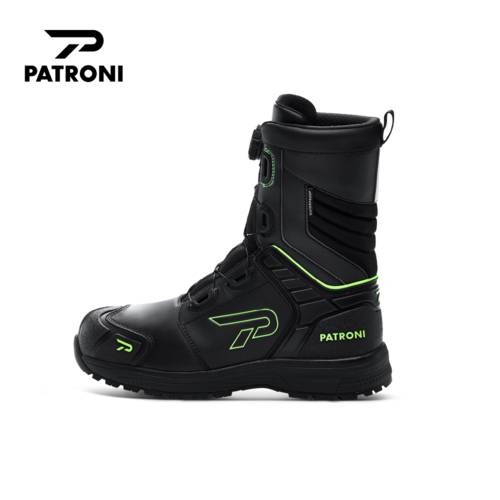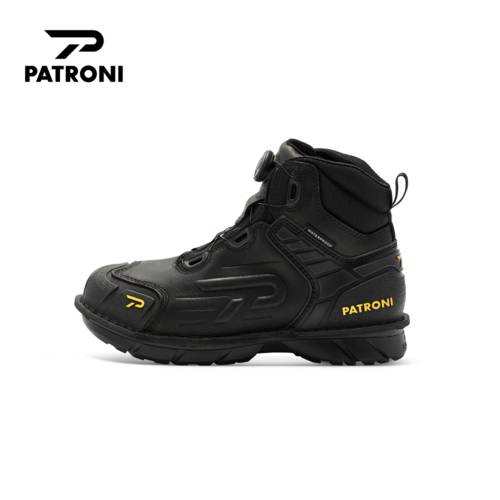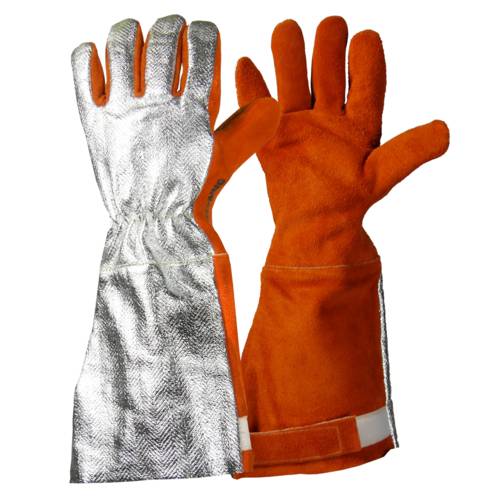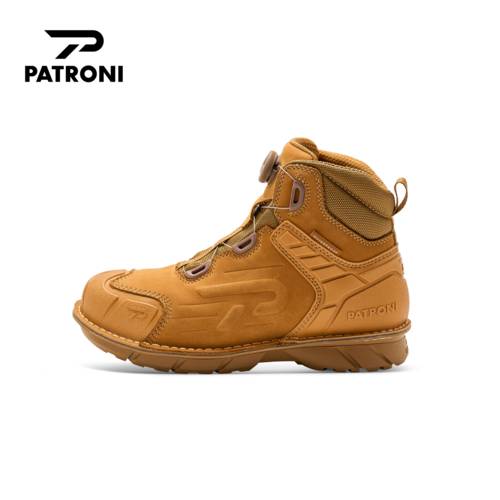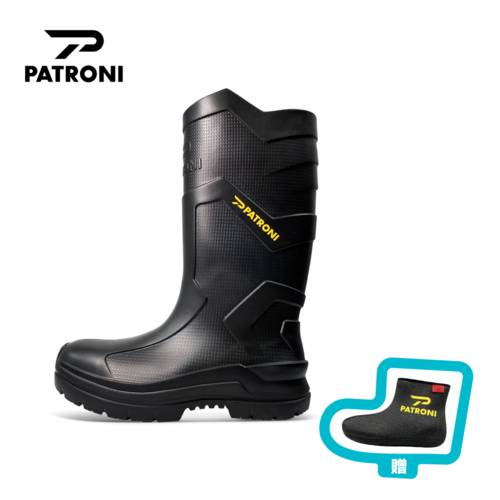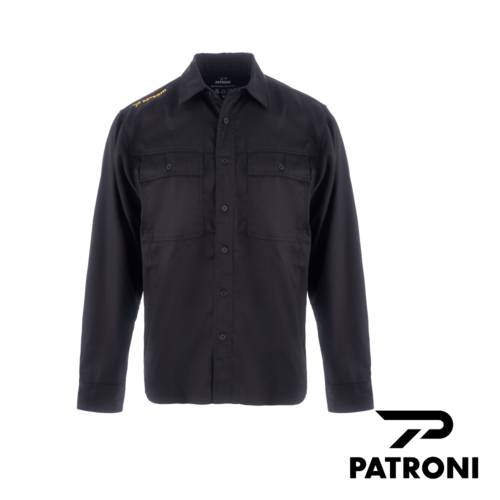ANSI Z8.1 Regulation Explained
The ANSI Z87.1 regulation sets the benchmark for safety in workplaces where eye and face hazards are present. Developed by the American National Standards Institute, this standard outlines the requirements for protective eyewear to minimize risks from debris, chemicals, and other workplace dangers.
Understanding the details of ANSI Z87.1 is vital for industries like metalworking, welding, and construction. This guide takes a deep dive into the regulation’s key aspects, ensuring workers and employers can make informed decisions to prioritize safety and choose the right safety eye wear.
Table of Contents
-
1. Introduction to ANSI Z87.1
-
2. Key Requirements of ANSI Z87.1
-
3. Marking and Certification
-
4. Testing Processes for Compliance
-
5. Recent Updates to ANSI Z87.1
-
6. Importance of Compliance and Training
-
7. FAQs on ANSI Z87.1
-
8. ANSI Z87.1 and Its Importance in Workplace Safety

Introduction to ANSI Z87.1
The ANSI Z87.1 standard establishes guidelines to safeguard workers' eyes and faces against physical, chemical, and radiation hazards. It’s particularly relevant in high-risk industries, where even minor incidents can lead to severe injuries. The regulation applies to products like safety glasses, safety goggles, and face protection devices, making it a cornerstone of industrial safety gear.
For example, in welding, sparks, and molten metal are constant threats. ANSI Z87.1-certified eyewear, equipped with automatic darkening welding filters blocks intense light and helps prevent injuries such as burns or vision damage.
The regulation emphasizes both safety and functionality, aiming to ensure that workers are not just protected but also able to perform their tasks without visual hindrances.
Key Requirements of ANSI Z87.1
Impact Resistance
One of the fundamental goals of ANSI Z87.1 is protecting workers from impacts. Products are subjected to tests like the Drop Ball Impact Test, where a steel ball is dropped from a specific height onto the lens to assess durability. Higher-level protection, indicated by the marking Z87+, involves tests like high-velocity impact tests to simulate scenarios where fast-moving debris might strike the eyewear.
For instance, in a metal fabrication shop, flying shards from grinding machines can travel at speeds exceeding 100 mph. Without impact-resistant eyewear, workers face serious risks of injury.
Optical Clarity
Clarity of vision is critical in any industrial setting. ANSI Z87.1 mandates stringent requirements for lens quality to avoid distortions that can cause eye strain or impair task performance. Workers inspecting small components or reading fine measurements benefit from lenses that maintain consistent focus without blurring or warping.
Poor optical clarity might seem minor, but it can lead to errors that compromise safety or quality in industries like precision machining.
Coverage Requirements
Protective eyewear must shield not only the eyes but also surrounding areas to prevent injuries from indirect hazards. This includes side shields or wrap-around designs that block debris approaching from angles outside the direct line of sight.
For example, in construction, dust and debris are often airborne, requiring gear that protects against specific hazards encountered from every direction. Proper coverage ensures comprehensive safety in dynamic environments.
Marking and Certification
ANSI Z87.1-compliant eyewear carries specific markings to indicate its protection level. Common examples include:
- Z87: Basic impact protection.
- Z87+: High-impact resistance.
- D3: Protection against liquid splashes.
- D4: Resistance to dust hazards.
- D5: Shielding from fine dust or particulate matter.
These marking criteria provide a quick reference for workers to choose eyewear suitable for their tasks. For instance, someone working with chemicals might prioritize gear marked D3, while a welder might look for lenses rated for optical radiation protection.
Testing Processes for Compliance
Manufacturers must subject their products to rigorous testing before certification. These tests include:
- Impact Tests: Assess durability against high-speed and heavy-force impacts, ensuring eyewear withstands high-mass impact tests and high-velocity impact tests.
- Chemical Resistance Tests: Evaluate the eyewear's ability to withstand splashes and exposure to corrosive materials.
- Radiation Tests: Check for adequate filtering of ultraviolet (UV), infrared (IR), and visible light radiation. For example, UV filtering is essential for outdoor workers exposed to sunlight or welders dealing with bright arcs. Testing welding filter shades ensures that they meet the necessary safety benchmarks, particularly for protection.
For example, UV filtering is essential for outdoor workers exposed to sunlight or welders dealing with bright arcs. Testing ensures that these products meet the necessary safety benchmarks.

Recent Updates to ANSI Z87.1
The most recent update in 2020 introduced revisions to optical clarity and testing standards. These changes aimed to make protective eyewear more adaptable to diverse working conditions. Relaxed optics criteria allow manufacturers to design gear that balances safety with user comfort.
This update particularly benefits first responders and emergency workers, whose gear must accommodate both safety and practicality during critical missions, ensuring they have the correct face protection devices and proper safety eyewear.
Importance of Compliance and Training
Compliance with ANSI Z87.1 isn’t just about meeting legal requirements—it’s about creating safer work environments. Employers must actively educate their teams on the importance of wearing eye protection and maintaining it properly. Regular inspections ensure that gear remains effective over time.
Training programs can include demonstrations on interpreting markings, selecting the right eyewear for specific tasks, and cleaning procedures to prolong usability. For example, chemical splashes can degrade lenses over time, so understanding proper care is crucial to maintaining prescription safety lenses and safety goggles.
FAQs on ANSI Z87.1
What does ANSI Z87.1-certified mean?
ANSI Z87.1 certification means the eyewear meets safety standards set by the American National Standards Institute for protecting against eye hazards like impacts, splashes, and radiation. Products with this certification have undergone rigorous testing to verify their effectiveness in workplace environments.
What is the difference between ANSI Z87.1 and Z87+?
ANSI Z87.1 is the overall standard that sets the safety requirements, while Z87+ specifically indicates eyewear has passed high-impact resistance tests. Z87+ is ideal for tasks involving high-velocity debris or extreme impacts, such as those encountered in welding protection.
Is Z87+ good for shooting?
Yes, Z87+ eyewear is suitable for shooting as it provides high-impact protection against fast-moving projectiles, ensuring eye safety during firearm use. Many shooting ranges recommend or require Z87+ safety glasses for participants.
ANSI Z87.1 and Its Importance in Workplace Safety
The ANSI Z87.1 regulation represents a vital framework for eye and face safety in industrial settings. By understanding its requirements, testing processes, and markings, businesses can better protect their employees and reduce workplace risks.
Whether you’re a manufacturer, employer, or worker, investing in ANSI Z87.1-certified equipment means prioritizing safety and ensuring tasks are completed without unnecessary risks. Safe practices not only protect lives but also foster a culture of responsibility and care in any workplace.
